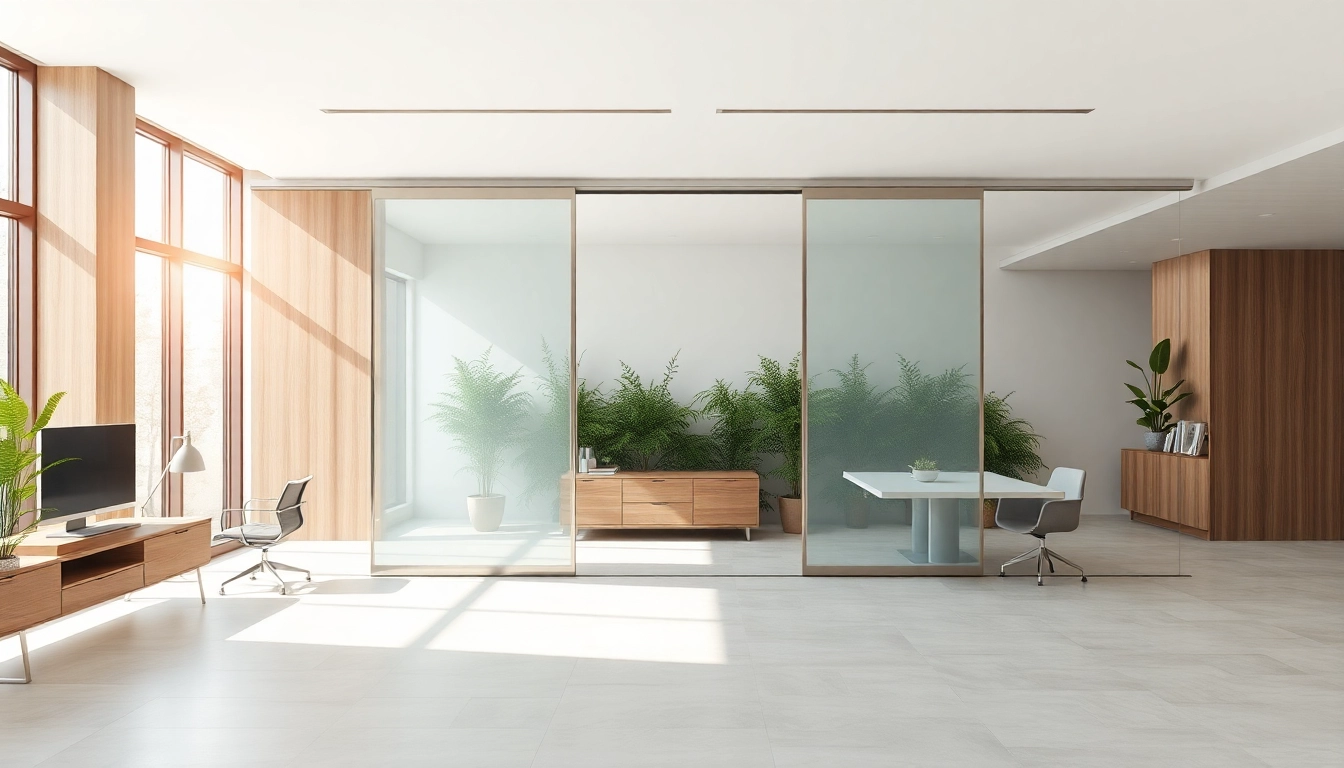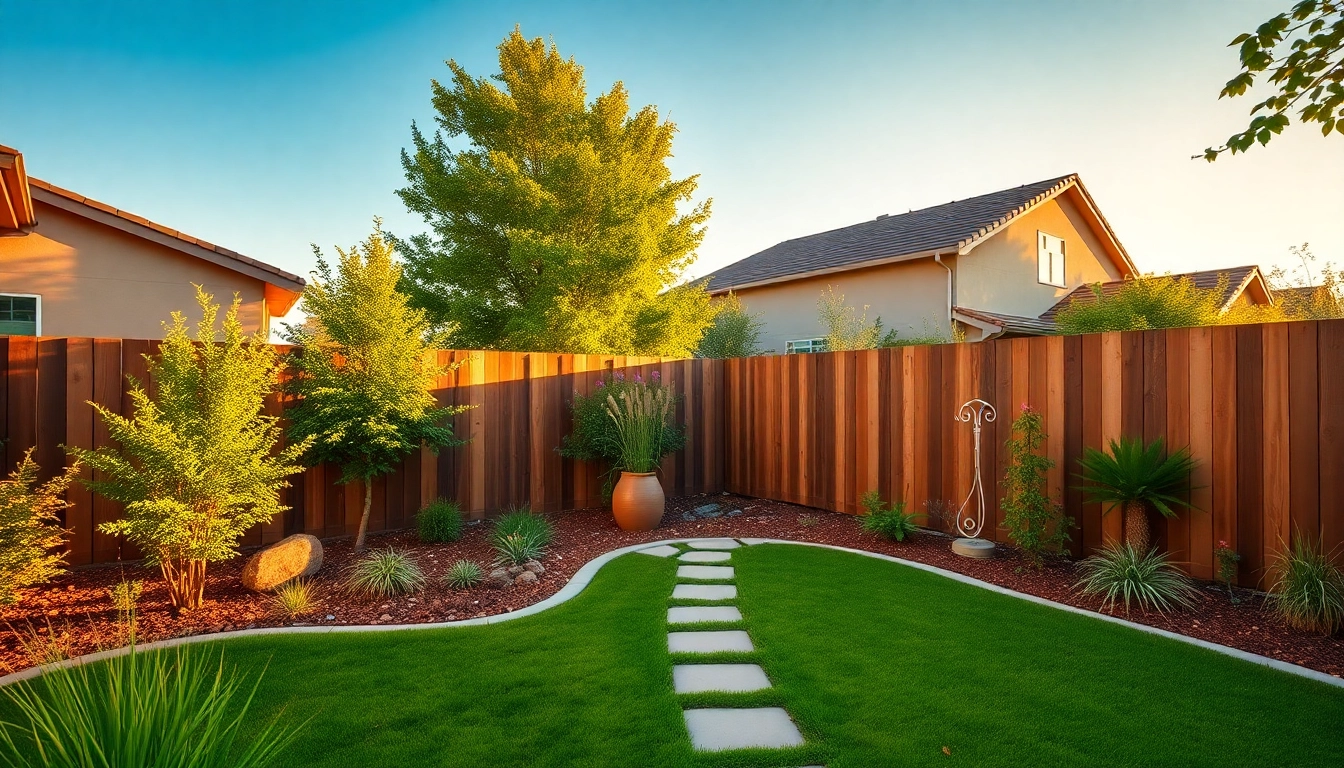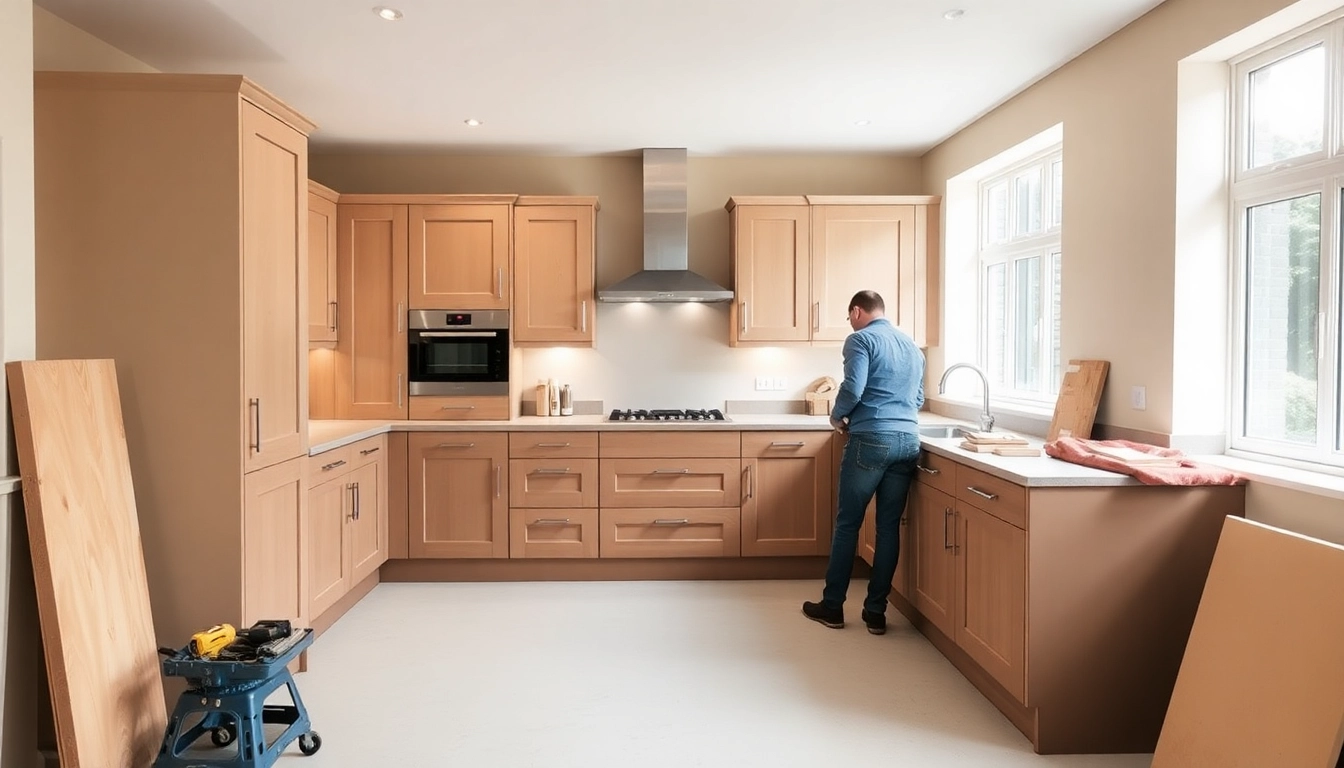The Versatility of Sliding Partition Walls
In modern architecture and interior design, sliding partition walls have gained significant popularity due to their flexibility and aesthetic appeal. These innovative systems provide outstanding functionality in dividing spaces while allowing for seamless transitions between areas. They are particularly favored in residential, commercial, and public settings where open layouts require adaptability. This article explores the multifaceted benefits of sliding partition walls, focusing on their construction, installation, acoustic properties, maintenance needs, and real-world applications.
Understanding Sliding Partition Wall Systems
Sliding partition walls are designed to enable division of open spaces while maintaining a sleek aesthetic. Unlike traditional fixed walls, these partitions can be moved along tracks, allowing users to open or close off spaces as needed. This flexibility is essential for a variety of applications, such as:
- Commercial Spaces: Offices use sliding partitions to create meeting rooms or collaborative spaces as needed.
- Residential Applications: Homeowners can use these walls to separate living areas, making open floor plans more functional.
- Public Venues: Schools, hospitals, and auditoriums often implement sliding walls for multipurpose functionality.
The systems typically consist of high-quality materials such as wood, glass, or metal, reflecting the design aesthetics demanded by each unique environment. Track systems may be ceiling-mounted or floor-mounted, and their usability extends beyond simple division to include acoustical performance and thermal insulation.
Benefits of Sliding Partition Walls in Various Settings
The adoption of sliding partition walls comes with numerous advantages:
- Space Efficiency: The ability to reconfigure spaces without the need for permanent structural changes maximizes usability and minimizes wasted space.
- Cost-Effectiveness: Compared to constructing new walls, sliding partitions can be a more affordable way to create distinct areas in a space.
- Design Flexibility: Available in myriad styles and finishes, sliding partitions can enhance the visual appeal of a room while providing practical benefits.
- Enhanced Aesthetics: Glass partition walls, for example, contribute to a modern, open feel while also offering functional separation.
- Increased Natural Light: Utilizing materials like glass allows for light to permeate multiple areas, reducing the need for artificial lighting.
Moreover, sliding partition walls can improve operational efficiency by allowing businesses to adjust workspace configurations based on fluctuating needs. This adaptability is critical, particularly in settings where collaboration and privacy must coexist.
Choosing the Right Materials and Design
Selecting suitable materials for sliding partition walls involves evaluating durability, functionality, and design harmony with existing spaces. Materials commonly used include:
- Glass: Offers a contemporary look with excellent sound transmission capabilities but requires careful installation to avoid shattering.
- Wood: Provides warmth and can range from rustic to modern finishes, appealing to various design preferences.
- Metal: Ideal for industrial themes and durability in high-traffic areas.
Design considerations should focus on the intended functionality—whether soundproofing is needed, structural support, and the desired aesthetic. Companies increasingly emphasize custom solutions, allowing clients to combine different materials and colors for tailored results.
Installing Sliding Partition Walls: A Comprehensive Guide
Tools and Materials Needed for Installation
The installation of sliding partition walls requires specific tools and materials for success. Key items include:
- Drill and drill bits
- Stud finder
- Level
- Measuring tape
- Sliding track system
- Wall connectors and brackets
- Safety glasses and gloves
Choosing high-quality materials ensures longevity and functionality, which is essential for achieving the best performance from sliding walls in both commercial and residential settings.
Step-by-Step Installation Process
While the specifics can vary based on the system chosen, a general step-by-step installation process involves the following:
- Preparation: Measure the area where the partition wall will be placed. Ensure that the floor and ceiling are level and that the area is clear of obstacles.
- Track Installation: Secure the tracking system along the ceiling or floor based on the design of the sliding wall. Use a level to ensure accurate alignment.
- Mounting Panels: Assemble and attach the sliding panels according to the manufacturer’s instructions. Ensure all connectors and brackets are tight and secure.
- Testing: Once installed, slide the panels back and forth to ensure smooth operation without obstruction.
- Finishing Touches: Seal any gaps and add aesthetic elements, such as trim or paint, if applicable.
By following these steps and referring to the manufacturer’s guidelines, users can install sliding partition walls effectively, ensuring smooth operation and lasting durability.
Common Mistakes to Avoid During Installation
To ensure successful installation, it is essential to avoid common pitfalls that can lead to operational issues:
- Ignoring Measurements: Always double-check measurements before cutting materials to prevent installation errors.
- Insufficient Support: Ensure that all parts are supported correctly, especially heavier panels like those made from glass or solid wood.
- Neglecting the Level: A level surface is crucial for smooth sliding; failing to check this can lead to operational failure.
- Overlooking Weight Distribution: Consider the weight of the panels and ensure that the track can support that weight without compromise.
Identifying these common mistakes in advance can save time, money, and added frustration during the installation process.
Enhancing Acoustics and Privacy with Sliding Partition Walls
Acoustic Performance of Sliding Partition Walls
The effectiveness of sliding partition walls extends to acoustics, making them a popular choice in settings where noise reduction is a priority. Various materials and installation methods can dramatically improve sound insulation:
- Soundproof Panels: Utilizing specialized soundproof materials can minimize sound travel and enhance privacy.
- Seal Gaps: Ensuring that gaps between panels are properly sealed can greatly enhance acoustic performance.
- Use of Drapes: Combining sliding partition walls with sound-absorbing drapes can enhance overall audio control in a room.
Working with professionals to assess specific acoustic needs can yield optimal solutions tailored to any environment.
Privacy Considerations in Open Spaces
In open-concept designs, privacy remains paramount, particularly in offices, residential spaces, and shared environments. Sliding partition walls provide practical solutions for managing privacy:
- Adjustable Systems: Integrating adjustable systems allows users to modify room layouts on-demand based on needs for privacy or surveillance.
- Height Options: Taller panels can provide increased privacy, blocking sight lines in settings where vertical separation is necessary.
Investing in quality partition systems ensures that privacy can be achieved without sacrificing style or functionality.
Best Practices for Soundproofing
Achieving effective soundproofing requires a combination of strategic design and material selection:
- Create Solid Structures: Opt for thicker materials known for sound absorption, such as acoustic panels or solid wood.
- Utilize Mass Loaded Vinyl: This dense material can be incorporated between layers during installation for added sound isolation.
- Employ Sound-Absorbing Materials: Utilizing these as part of the wall design and construction can drastically improve soundproofing qualities.
By incorporating these practices, users can significantly enhance the sound-dampening properties of sliding partition walls, improving user comfort in various environments.
Maintenance and Care for Sliding Partition Walls
Regular Maintenance Tips for Longevity
To ensure the longevity and functionality of sliding partition walls, regular maintenance is crucial. Key maintenance tasks include:
- Cleaning Tracks: Regularly wipe down tracks of dust and debris to ensure smooth sliding action.
- Inspecting Hardware: Periodic checks for loose screws or bolts will prevent potential failures in operation.
- Lubrication: Apply appropriate lubricant to tracks and rollers every six months or as needed to maintain functionality.
Implementing these basic maintenance practices can extend the lifespan of partition walls significantly.
How to Address Common Issues
Users may encounter issues with sliding partition walls over time. Here’s how to address common problems:
- Difficulty Sliding: If a wall is difficult to slide, check for debris in the track or consider lubricating the track.
- Panel Misalignment: If panels are not lining up correctly, adjust the hardware settings along the track.
- Noise During Operation: Noise issues can often be remedied by increasing lubrication or tightening loose brackets.
For severe issues beyond DIY assistance, consulting an expert ensures swift and effective repairs.
When to Seek Professional Help
While many maintenance tasks are manageable for DIY enthusiasts, certain situations call for professional help:
- Structural Damage: If partitions are physically damaged, professional repair is necessary.
- Specialized Installations: Complex configurations may require certified installation to ensure reliability and safety.
Knowing when to seek professional assistance can prevent further complications and ensure the integrity of partition systems.
Case Studies: Successful Implementations of Sliding Partition Walls
Corporate Office Solutions
In a recent corporate office renovation, sliding partition walls were implemented to create flexible workspaces. The company observed a significant improvement in collaboration, as teams could easily open up spaces for group work when needed. The partitions also contributed to soundproofing, allowing for private discussions without disruption.
Residential Applications and Benefits
A family home renovated its open-plan layout with sliding partition walls that allowed for temporary separation of the living room and dining area during gatherings. The custom-designed wood panels enhanced the home’s aesthetic while serving functional purposes.
Innovative Uses in Hospitality and Retail
In a boutique hotel, sliding walls were used to partition off flexible conference areas that could also double as intimate spaces for events. This versatility allowed the hotel to maximize their property’s utility and appeal to a wider range of customers.


